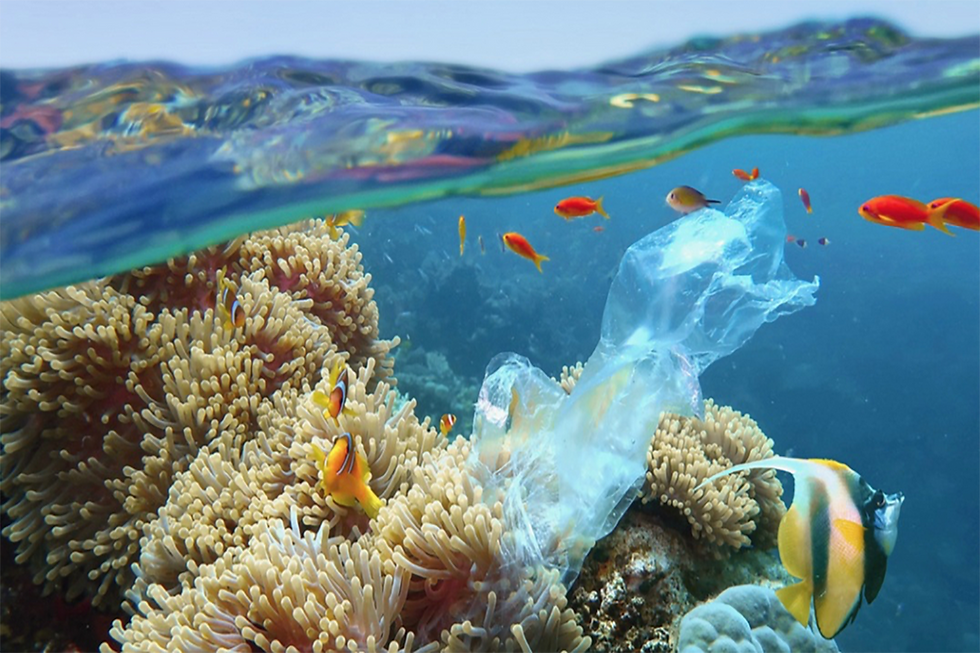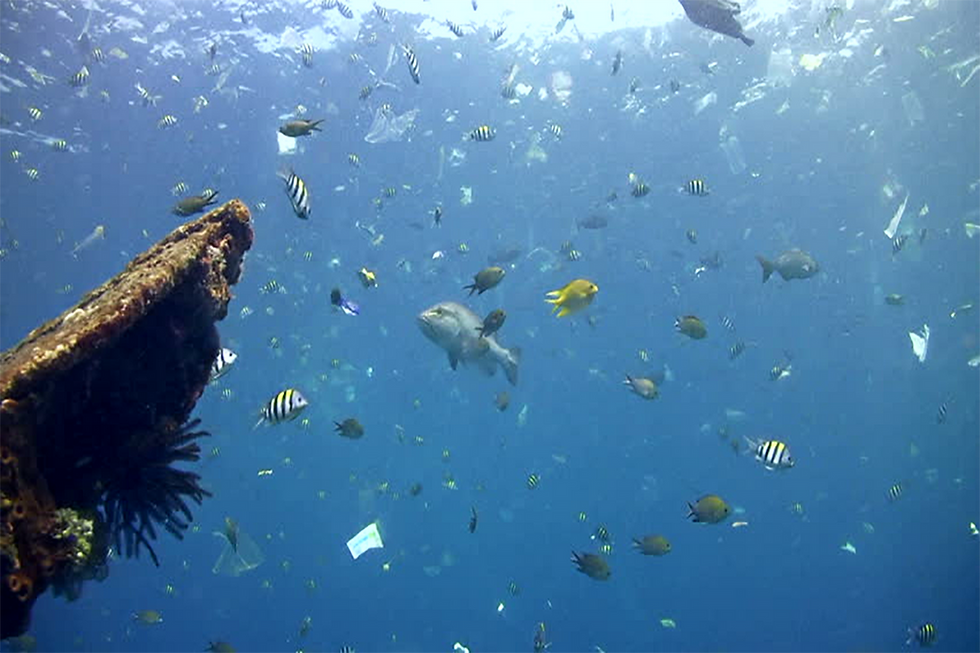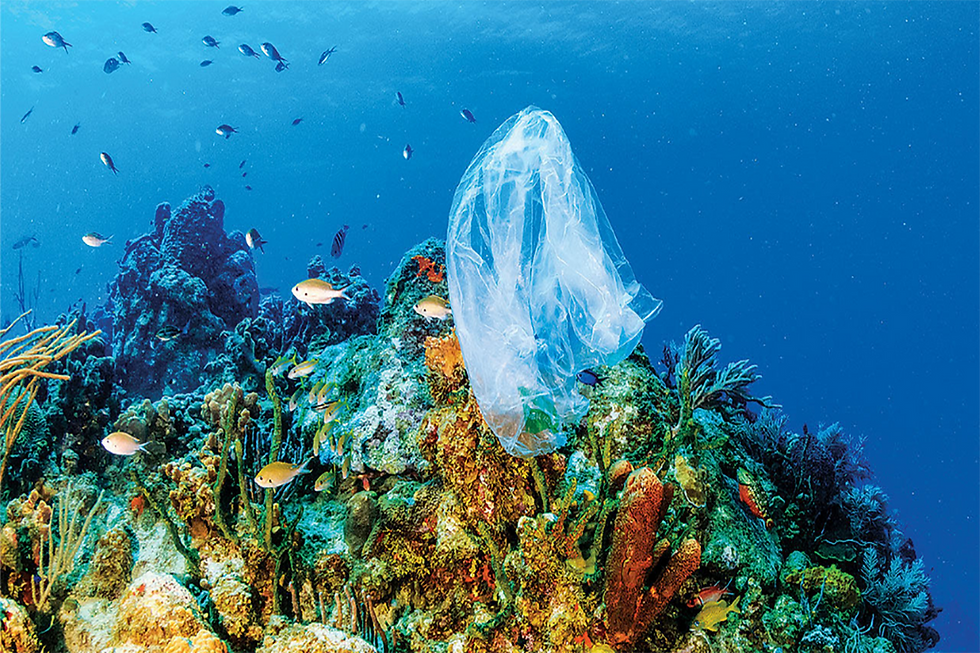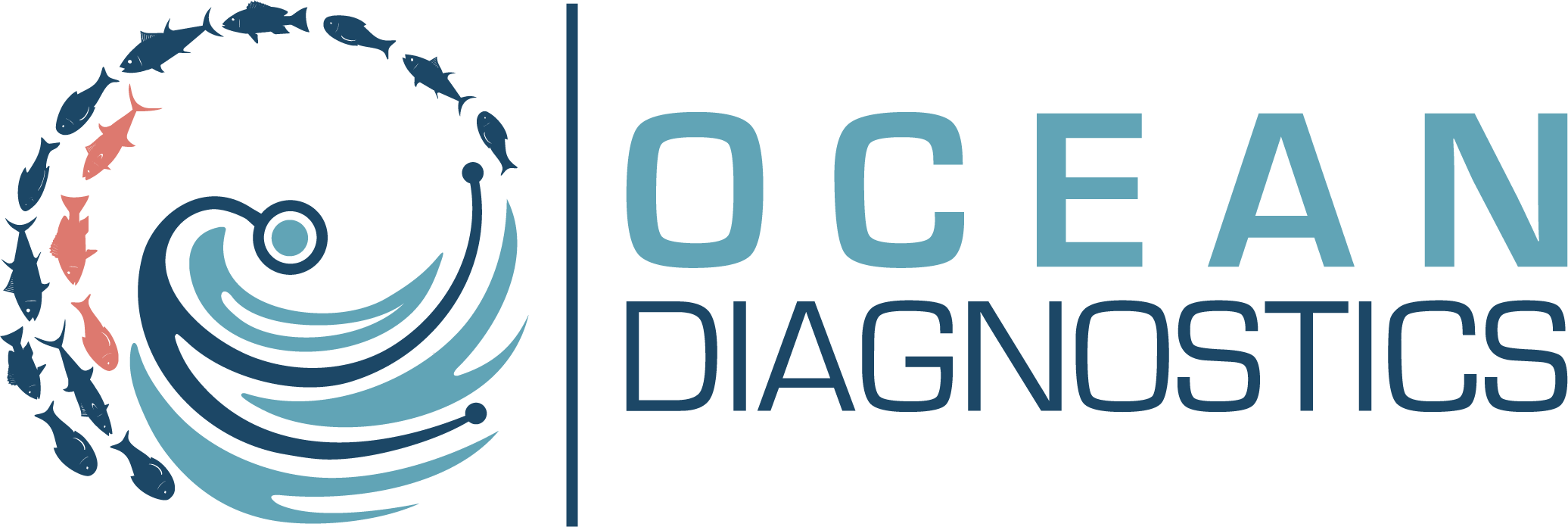The small intruder: microplastics interference in marine biodiversity

Microplastics are a problem for everyone and everything. These particles are less than 5mm in size yet pose a problem as big as the ocean. Microplastics can break off from larger plastic products or be produced at this small size for industrial and cosmetic applications. The ocean’s biodiversity is crucial to the health of humans and our planet, and it relies on its species performing specific functions that are often essential to their ecosystems. Microplastics are a potential threat as marine debris can disrupt the functionality of these ecosystems.
As the World Conference on Marine Biodiversity begins this week, researchers from around the world are coming together to discuss recent developments in marine biodiversity research. Current research discusses how microplastics enter our waterways and where they end up when they’re in the water, however there is a shortage of research on the potential harmful effects microplastics have in the marine environment, including marine organisms, food webs and ecosystems.

Since microplastics are highly resistant to biodegradation, they can be found in “hotspots,” or sink beneath the ocean surface to be ingested by zooplankton and other organisms. In marine ecosystems, zooplankton are a crucial food source for many secondary consumers, creating a pathway for microplastics to enter the food web and transfer up the food chain. This study suggests that the “threat to marine life is due to mechanical or chemical effects after the ingestion of microplastic particles. Microplastics floating in the sea have the tendency to provide raft substrates for various epifauna and microbes such as bacteria, algae, diatoms, barnacles, hydroids, tunicates, and transporting them to areas where they were not existing before.” When organisms invade a foreign habitat, they can grow “explosively, forming biological invasion, and severely impair the local biodiversity, as well as the ecological balance.”
It’s important to study potential threats in the marine environment such as microplastics in order to meet the United Nations’ SDG 14 targets. Conducting additional research and introducing regulations and policies to manage plastic debris can help stop our ocean’s plastic pollution problem, inherently decreasing the microplastics problem before it has detrimental effects on the ocean’s biodiversity. As for the microplastics already in our oceans, conducting additional research on the distribution and sources of plastic debris will be beneficial to ongoing efforts in ocean conservation and protection.

Ocean Diagnostics is an environmental impact company developing ocean technology with microplastic researchers in mind. Our first-of-its-kind technology is revolutionizing how microplastics research is conducted, enabling scientists to find answers to ocean-related questions such as the effects of microplastic concentration on the ocean’s biodiversity. We are committed to providing researchers and citizens the access and freedom to investigate threats and new depths while advancing microplastic research with our technology and services.
Follow us on Twitter and LinkedIn and subscribe to our email newsletter to receive updates and progress in advancing microplastics research.
